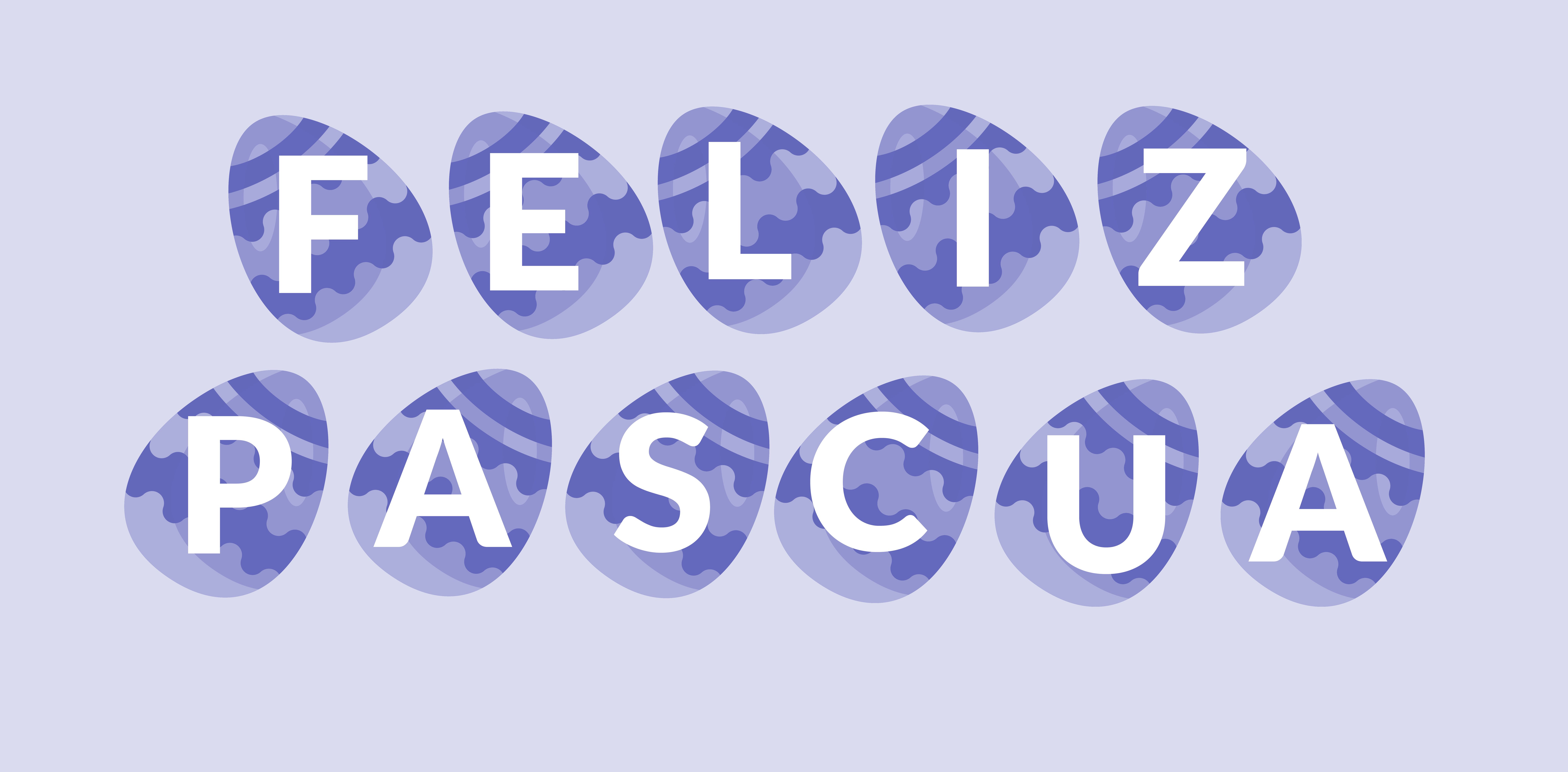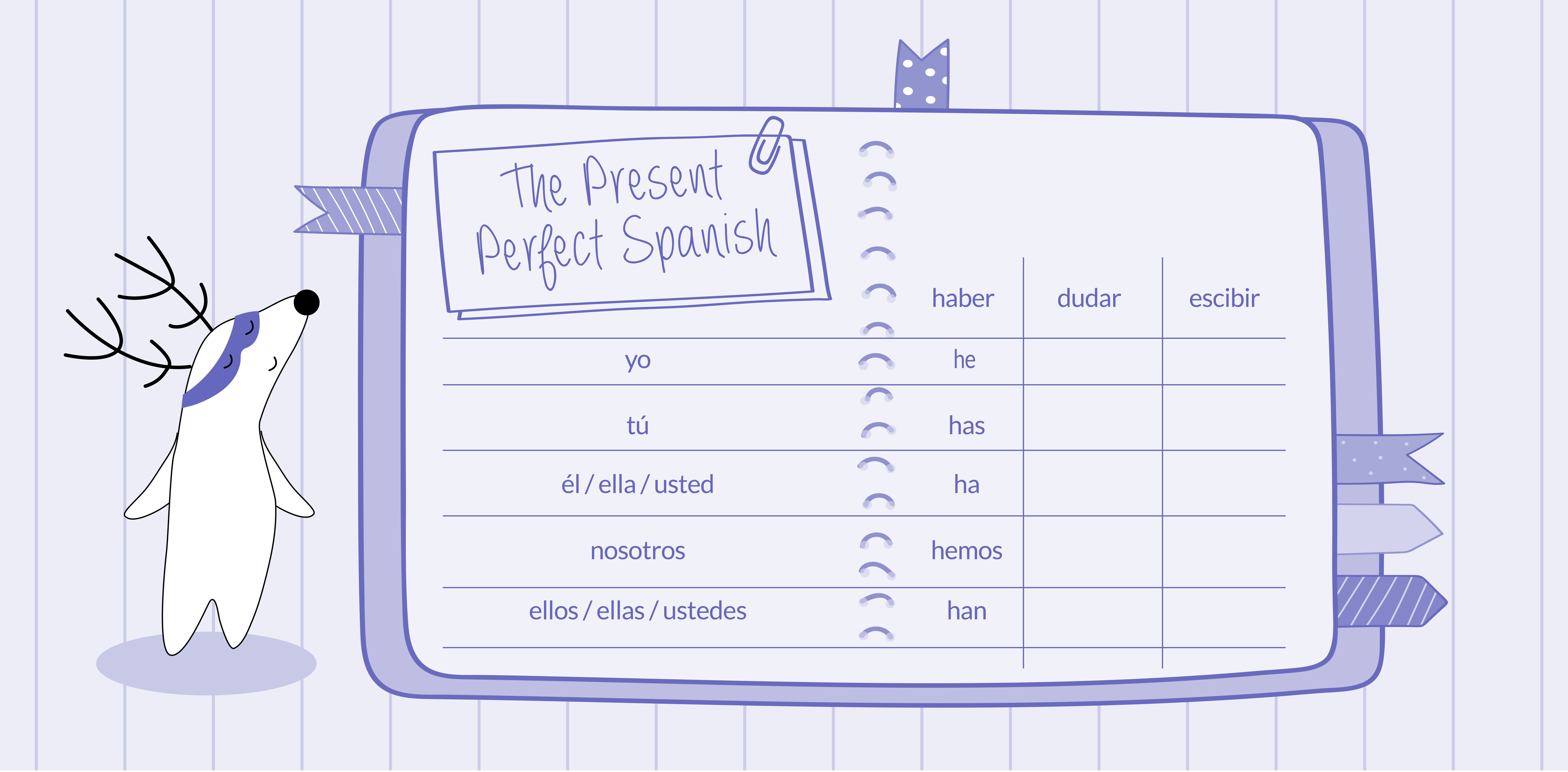
Have you ever found yourself lost in conversation with a native Spanish speaker, struggling to express what you've done or experienced in the past? Or, perhaps you've been studying Spanish for a while, but the concept of el pretérito perfecto still seems elusive?
The complexities of the present perfect tense in Spanish can often make it a difficult area for language learners. It's not just about knowing the rules; it's about understanding the nuances and using this tense in the right context. Without mastering el pretérito perfecto, your fluency and comprehension of the Spanish language remain incomplete.
Fear not! This article can demystify the present perfect tense in Spanish. We will guide you through its purpose, its various functions in different contexts, and how to conjugate regular and irregular verbs. With practical examples and tips for practice, we aim to help you become comfortable with this crucial language structure.
So, let's dive into the fascinating world of el pretérito perfecto and unlock the next level of your Spanish language journey.
Learn Spanish with Langster
Understanding the Present Perfect in Spanish
The present perfect, or el pretérito perfecto in Spanish, is a verb tense that expresses actions or events that have happened recently or in the past and still have an effect on the present moment.
It's like a bridge between the past and the present and is mostly used in Spain rather than Latin America.
This tense is not used to discuss distant past events. Instead, it focuses on past actions that are relevant to the current conversation or situation.
Components of the Present Perfect Spanish
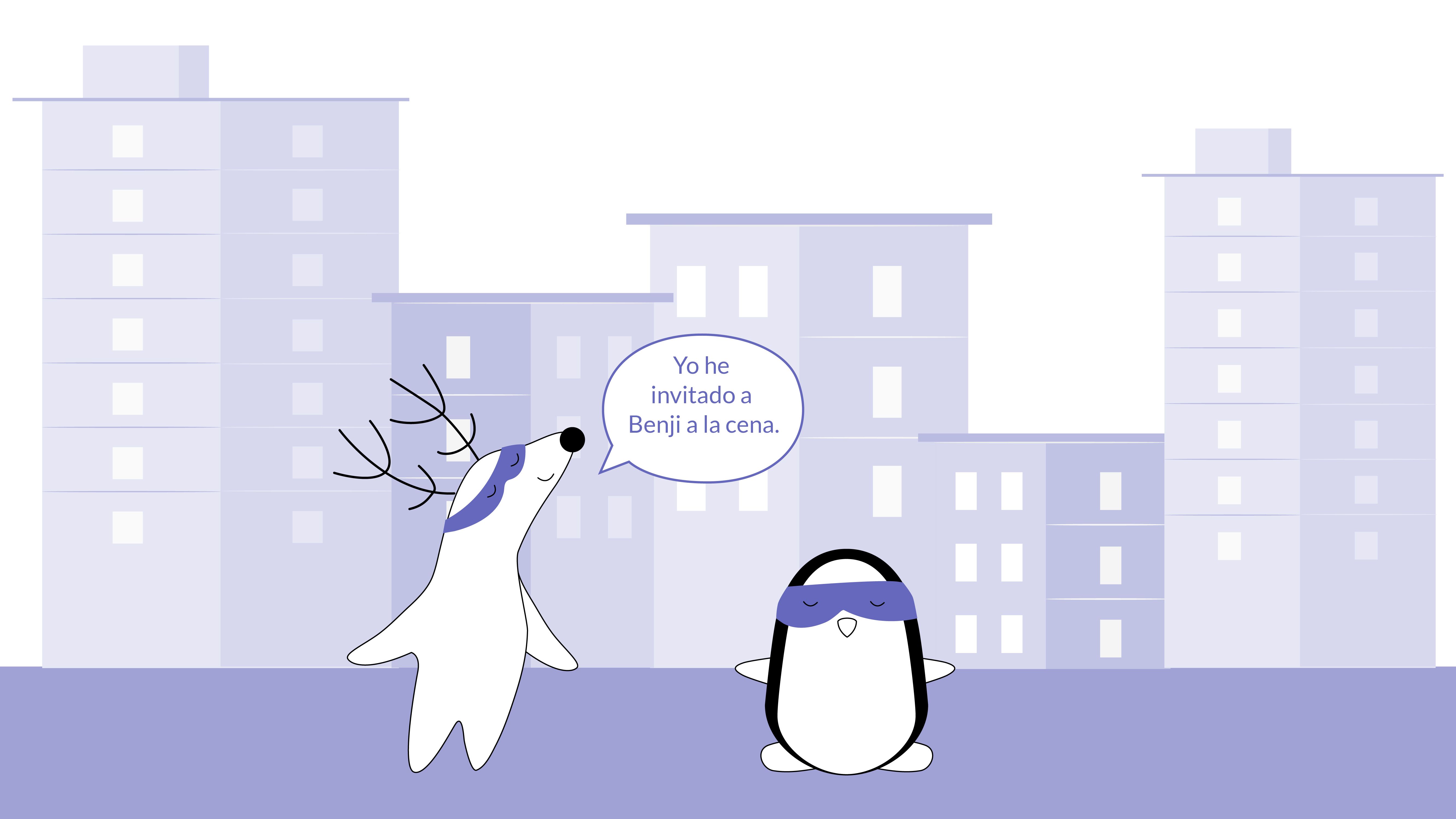
To form the present perfect in Spanish, you need two components: a conjugated form of the auxiliary verb haber (to have) in the present tense and a past participle.
The past participle, or participio pasado, is equivalent to English verbs ending in -ed (e.g., "talked," "walked").
In Spanish, regular verbs form the past participle by dropping the infinitive ending (-ar, -er, -ir) and adding -ado for -ar verbs and -ido for -er and -ir verbs. For example:
- hablar (to talk) becomes hablado,
- comer (to eat) becomes comido,
- and vivir (to live) becomes vivido.
Now, let's take a look at how to use the present perfect in Spanish. If you want to say "I have spoken" in Spanish, you would say Yo he hablado. Here, he is the present tense of the verb haber, and hablado is the past participle of the verb hablar.
Similarly, "You have eaten" would translate to Tú has comido, where has is the present tense of haber, and comido is the past participle of comer
One interesting aspect of the Spanish present perfect is its use of reflexive verbs. A reflexive verb is a verb that reflects the action back on the subject. In these cases, the reflexive pronoun goes before the conjugated form of haber. For example:
Spanish
English
Yo me he levantado.
I have gotten up.
Irregular Verbs in the Present Perfect Tense
In Spanish, while many verbs follow a regular conjugation pattern in the present perfect tense, there are also numerous irregular verbs.
These irregular verbs have unique past participle forms that do not adhere to the standard -ado and -ido endings to show a past event. This can make them slightly more challenging to learn; however, they are commonly used, making them essential for conversation.
Here, we'll explore some of these irregular verbs, providing examples of their use in sentences as a main verb:
| Irregular Spanish Verb | English Translation | Past Participle Form | Example | Translation |
|---|---|---|---|---|
| Abrir | to open | abierto | El ha abierto la puerta. | He has opened the door. |
| Decir | to say or to tell | dicho | Ella ha dicho la verdad. | She has told the truth. |
| Escribir | to write | escrito | Yo he escrito una carta. | I have written a letter. |
| Hacer | to do or to make | hecho | Nosotros hemos hecho nuestra tarea. | We have done our homework. |
| Ver | to see | visto | Tú has visto la película. | You have seen the movie. |
| Volver | to return | vuelto | Ellos han vuelto a casa. | They have returned home. |
| Romper | to break | roto | Yo he roto el vaso. | I have broken the glass. |
| Cubrir | to cover | cubierto | Ella ha cubierto el pastel. | She has covered the cake. |
| Poner | to put | puesto | Usted ha puesto la mesa. | You have set the table. |
| Morir | to die | muerto | La planta ha muerto. | The plant has died. |
| Irregular Spanish Verb | English Translation | Past Participle Form | Example | Translation |
|---|---|---|---|---|
| Abrir | to open | abierto | El ha abierto la puerta. | He has opened the door. |
| Decir | to say or to tell | dicho | Ella ha dicho la verdad. | She has told the truth. |
| Escribir | to write | escrito | Yo he escrito una carta. | I have written a letter. |
| Hacer | to do or to make | hecho | Nosotros hemos hecho nuestra tarea. | We have done our homework. |
| Ver | to see | visto | Tú has visto la película. | You have seen the movie. |
| Volver | to return | vuelto | Ellos han vuelto a casa. | They have returned home. |
| Romper | to break | roto | Yo he roto el vaso. | I have broken the glass. |
| Cubrir | to cover | cubierto | Ella ha cubierto el pastel. | She has covered the cake. |
| Poner | to put | puesto | Usted ha puesto la mesa. | You have set the table. |
| Morir | to die | muerto | La planta ha muerto. | The plant has died. |
It's important to remember that learning a language is a gradual process. It takes time and practice, especially when dealing with irregularities.
Don't be discouraged if you don't memorize all of these at once. Keep practicing, and over time, using these irregular verbs in the present perfect tense will become second nature.
Practicing the Present Perfect Tense
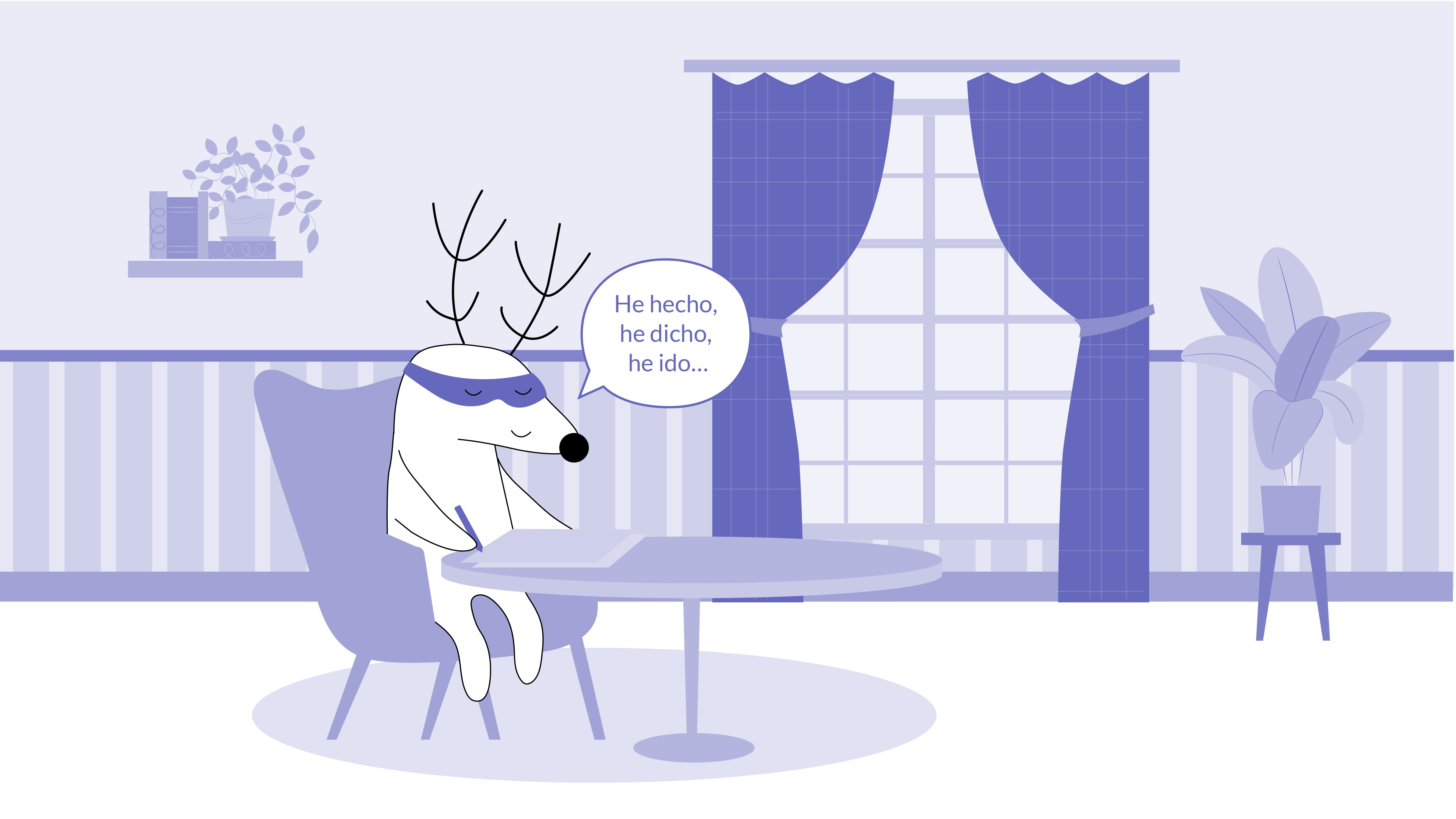
The present perfect tense is a crucial aspect of Spanish grammar that helps express actions completed in the recent past. It's used to indicate that an action has taken place at an unspecified time before now.
Understanding this tense is essential for communicating effectively in Spanish, but it can be challenging to master, especially with irregular verbs. Here are some strategies and activities to help you practice and get comfortable with the present perfect tense:
Tips and Strategies for Practicing the Present Perfect Tense
The first step is to understand how the present perfect tense is constructed. It uses a combination of the present tense of the auxiliary verb haber and the past participle of the main verb.
For regular verbs, the past participle is formed by adding -ado to the stem of -ar verbs and -ido to the stem of -er and -ir verbs.
However, there are many irregular verbs that don't follow these rules, with unique past participles like abierto, dicho, and visto. Familiarizing yourself with these irregular forms is key to mastering the present perfect tense.
Practice Regular and Irregular Verbs Separately
Initially, it may be helpful to practice regular and irregular verbs separately. This can make it easier to spot patterns and remember the different forms. You could start by writing sentences using regular verbs in the present perfect tense, then move on to irregular verbs.
Use Flashcards

Flashcards can be a great way to memorize the past participles of irregular verbs. Write the infinitive on one side of the card and the past participle on the other. Review these flashcards regularly until you feel comfortable with the irregular forms.
Read and Listen
Reading and listening to Spanish will expose you to the present perfect tense in context, which can aid understanding and retention. Try to find materials that are suitable for your level of Spanish, such as easy reader books or podcasts for learners.
Activities and Exercises for the Present Perfect Tense
- Fill-in-the-blank exercises. These can be a good way to practice forming the present perfect tense. You can create your own exercises by taking a sentence and removing the past participle, or you can find exercises online.
- Translation exercises. Try translating sentences from English to Spanish and vice versa. This can help you understand how the present perfect tense is used in different contexts.
- Conjugation drills. Conjugating verbs in the present perfect tense can be an effective way to practice. Start with regular verbs, then move on to irregular ones. You might do this orally, in writing, or using an app.
- Role plays. Role plays can be a fun and engaging way to practice the present perfect tense. For example, you could act out a scene where you talk about things you have done today or this week.
Incorporate the Present Perfect Tense into Everyday Conversation
One of the best ways to get comfortable with the present perfect tense is to use it in your everyday conversation. Here are some suggestions:
- Talk about recent events. Use the present perfect tense when talking about recent events or experiences. For example, you could say "He visitado Spain two times" instead of "I visited Spain two times."
- Use it in questions. Ask questions using the present perfect tense. For example:
Spanish
English
Has comido sushi antes?
Did you eat sushi before?
- Narrate your day. Try narrating your day in Spanish using the present perfect tense. For example:
Spanish
English
He hecho mi tarea.
I did my homework.
Remember, practice makes perfect. The more you use the present perfect tense, the more natural it will feel. So, don't be afraid to make mistakes, and keep practicing until you get it right.
The Bottom Line
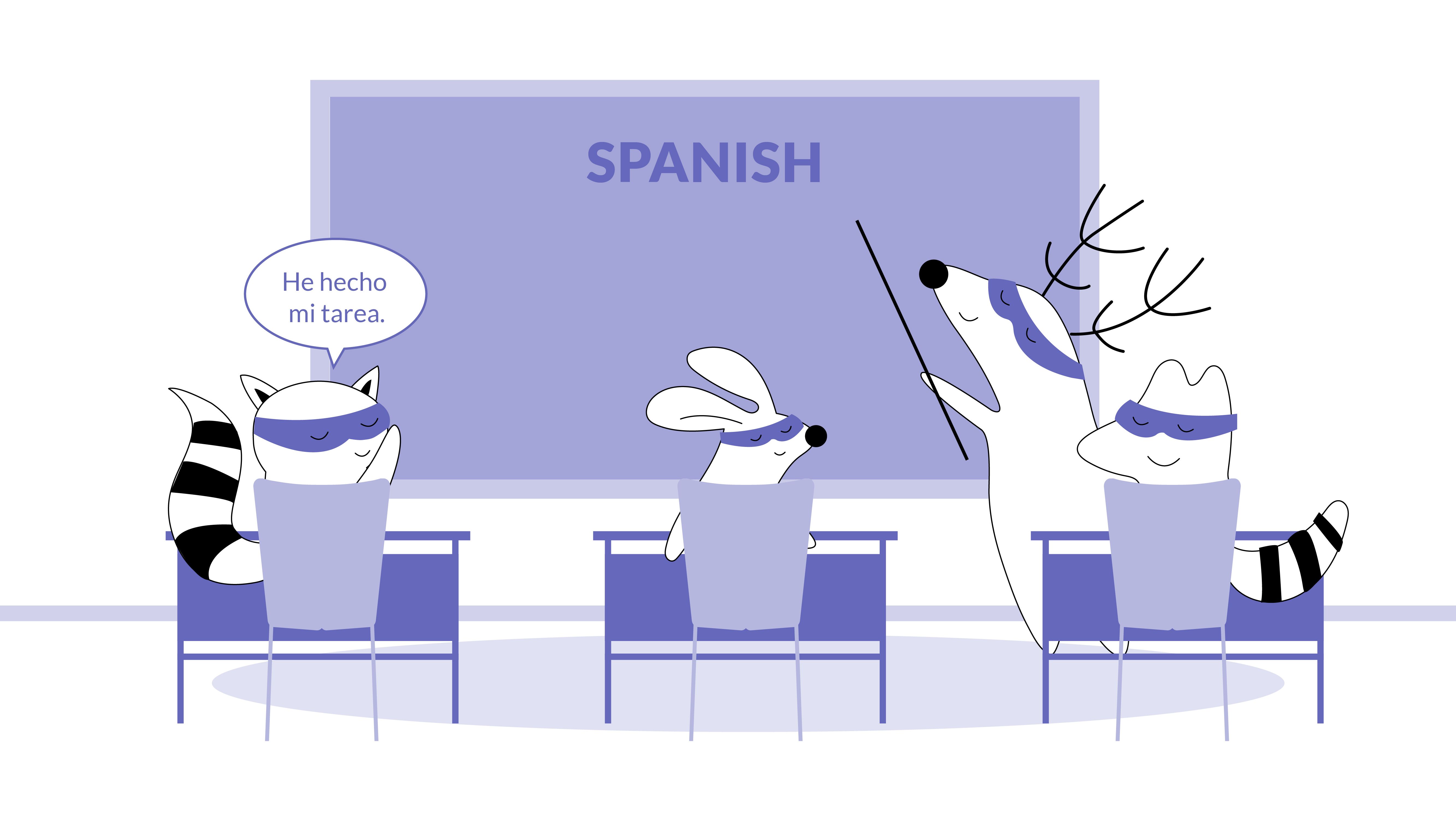
In conclusion, mastering the present perfect in Spanish involves understanding its purpose (to describe recent past actions relevant to the present moment), learning how to form it (with the present tense of haber and a past participle), and memorizing some common irregular past participles.
With consistent practice and using apps like Langster, you can become proficient in using this versatile and crucial tense, enhancing your fluency and ability to express complex ideas in Spanish.
Remember, language learning is a journey. There will be challenges along the way, but each step brings you closer to your goal of becoming a confident Spanish speaker. So, keep practicing, keep learning, and most importantly, keep speaking Spanish!
Learn Spanish with Langster









